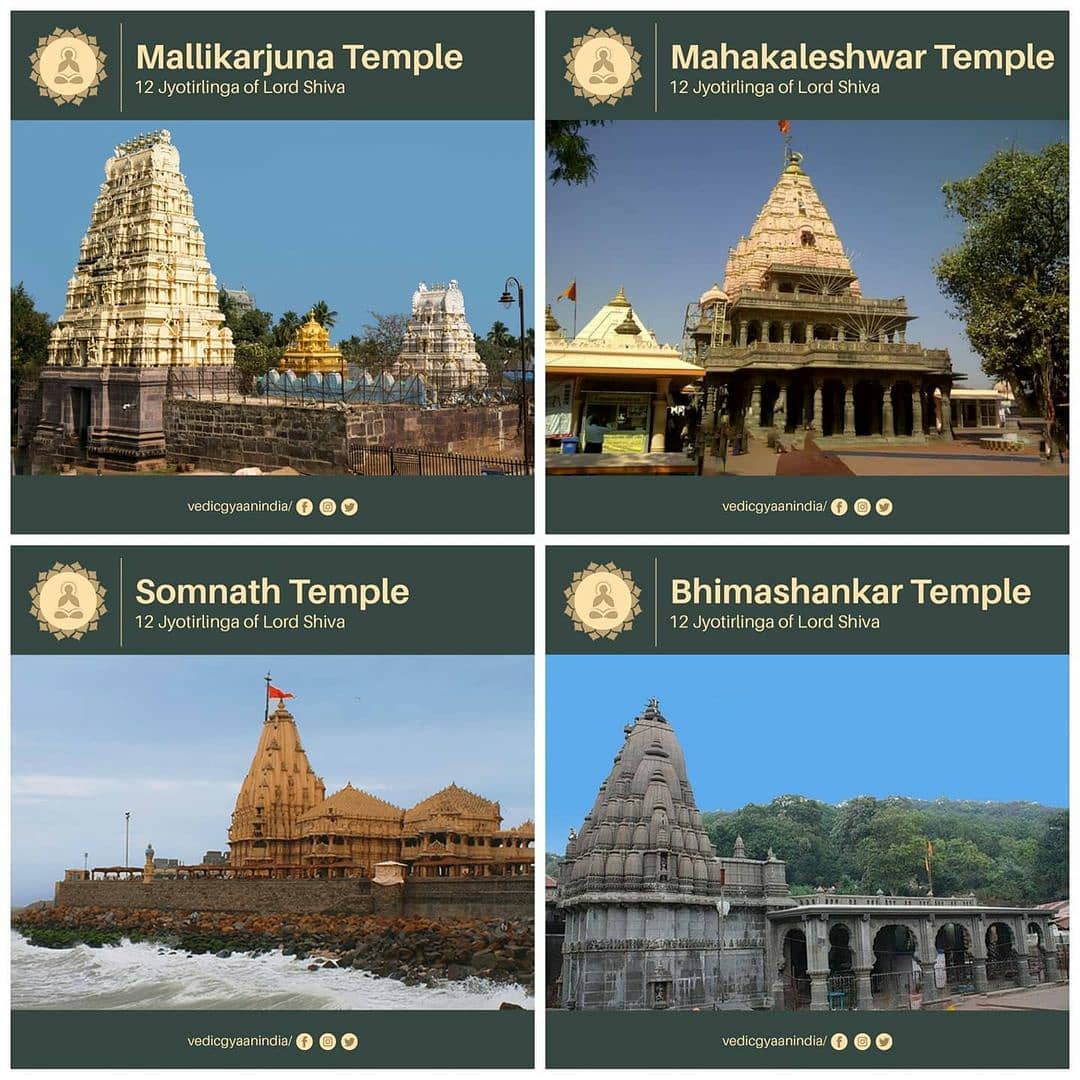
#केदारनाथ मंदिर, #उत्तराखंड के रुद्रप्रयाग जिले में 3,584 मीटर की ऊंचाई पर स्थित है। पहाड़ की चोटियों और जंगलों से घिरा यह मंदिर पंच केदार मंदिरों में एक प्रमुख स्थान रखता है। कहा जाता है कि मंदिर की वर्तमान संरचना आदि शंकराचार्य द्वारा स्थापित की गई थी। 

तुंगनाथ मंदिर, उत्तराखंड के रुद्रप्रयाग जिले में 3,470 मीटर की ऊंचाई पर स्थित है। तुंगनाथ तीर्थ उस स्थान के रूप में पहचाना जाता है जहाँ भगवान शिव की भुजाएँ प्रकट हुई थीं। पौराणिक कथा के अनुसार, भगवान राम ने चंद्रशिला चोटी पर ध्यान लगाया था, जो तुंगनाथ मंदिर के पास है। 

आप मंदिर की मध्यम 5 किमी की यात्रा के दौरान नंदा देवी, केदारनाथ, चौखंबा और नीलकंठ जैसी शानदार चोटियों के दृश्य देख सकते हैं।
रुद्रनाथ मंदिर 2,290 मीटर की ऊंचाई पर स्थित है, जो उत्तराखंड के चमोली जिले में है। यह वह स्थान है जहां शिव का चेहरा पृथ्वी से निकला था। मंदिर के पास कई पवित्र कुंड हैं, जैसे सूर्य कुंड, चंद्र कुंड, तारा कुंड और मन कुंड। रुद्रनाथ मंदिर की यात्रा सभी पंच केदार मंदिरों में सबसे कठिन 

मानी जाती है। 20 किमी के ट्रेक के दौरान नंदा देवी, त्रिशूल और नंदा घुंटी की प्रसिद्ध पर्वत चोटियों को देखा जा सकता है। रास्ता लंबी घास, ओक और रोडोडेंड्रोन जंगलों से होकर जाता है। रुद्रनाथ मंदिर के लिए अलग-अलग ट्रेकिंग मार्ग हैं, लेकिन उनमें से ज्यादातर गोपेश्वर से शुरू होते हैं।
कल्पेश्वर मंदिर, उत्तराखंड के चमोली जिले में 2,200 मीटर की ऊंचाई पर स्थित है। यह सुरम्य उर्गम घाटी में घने जंगल से घिरा एक प्राचीन मंदिर है। पौराणिक कथा के अनुसार, भगवान शिव के बाल उनके स्थान पर प्रकट हुए थे। 

मध्यमहेश्वर मंदिर, उत्तराखंड के रुद्रप्रयाग जिले में 3,289 मीटर की ऊंचाई पर स्थित है। यह वह स्थान है जहां भगवान शिव की नाभि जमीन से निकली थी। मंदिर प्राचीन उत्तर भारतीय शैली की वास्तुकला में बनाया गया है और एक हरे घास के मैदान में, एक उच्च पर्वत श्रृंखला के ठीक नीचे स्थित है। 

• • •
Missing some Tweet in this thread? You can try to
force a refresh






















